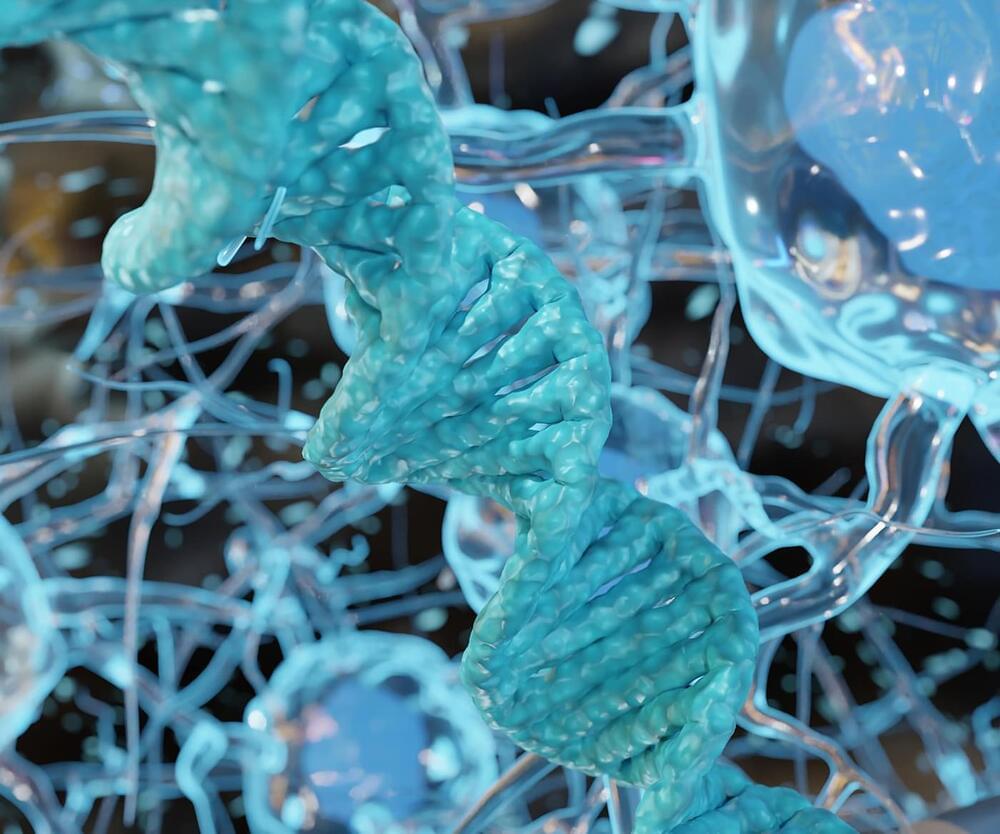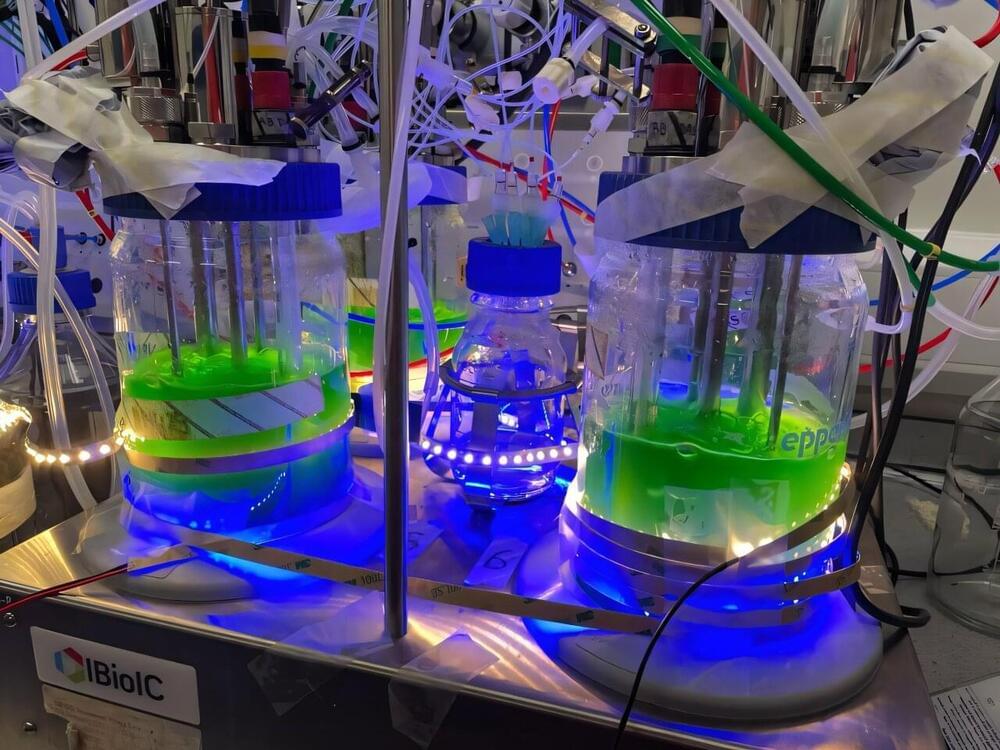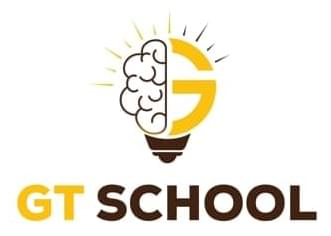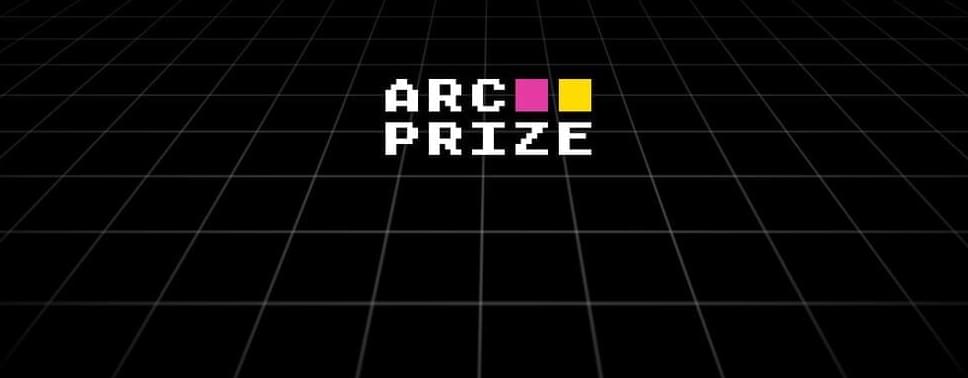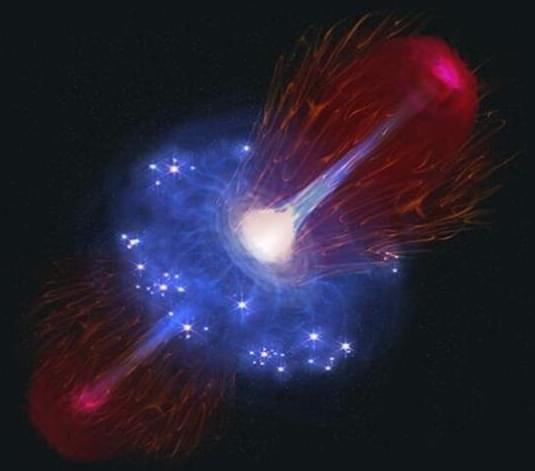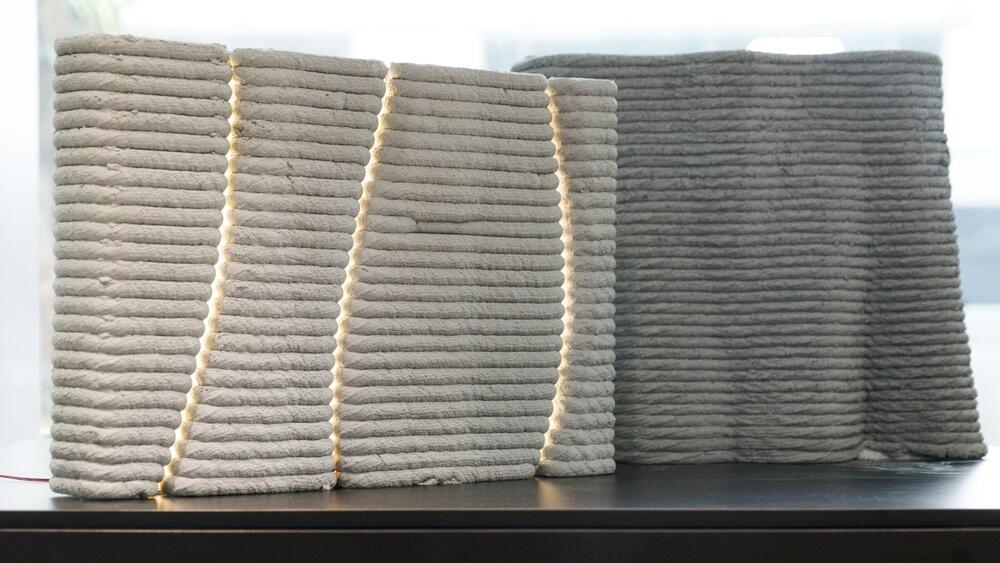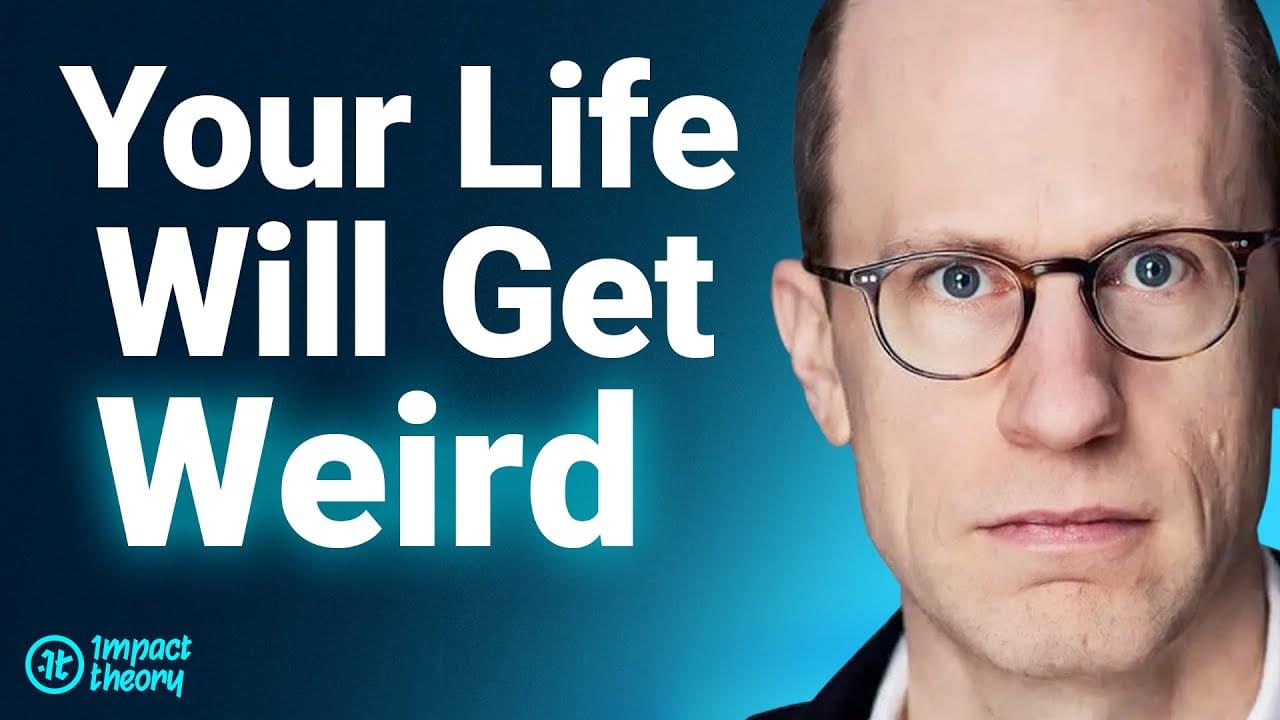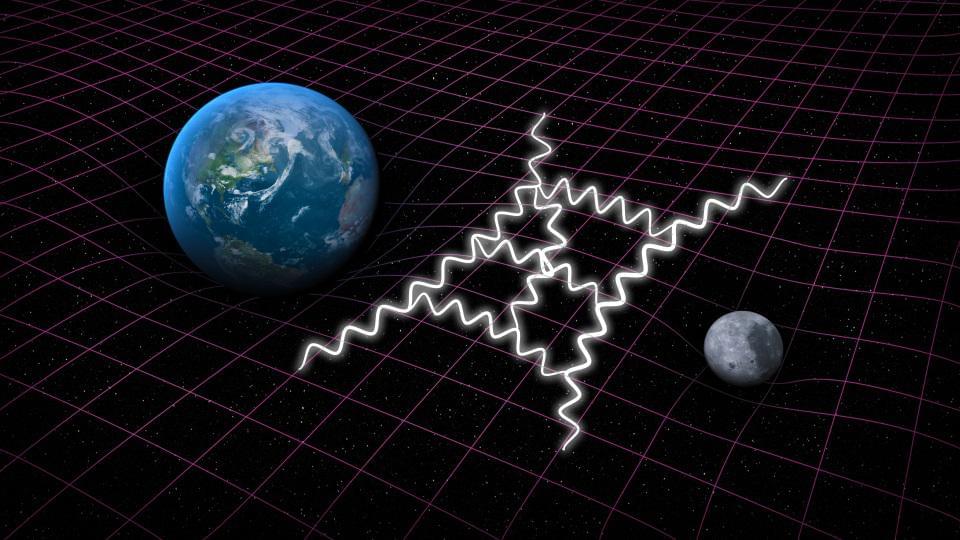
Which brings us to the big question: what about gravity?
This is something where we can’t be certain, as gravitation remains the only known force for which we don’t have a full quantum description. Instead, we have Einstein’s general relativity as our theory of gravity, which relies on a purely classical (i.e., non-quantum) formalism for describing it. According to Einstein, spacetime behaves as a four-dimensional fabric, and it’s the curvature and evolution of that fabric that determines how matter-and-energy move through it. Similarly it’s the presence and distribution of matter-and-energy that determine the curvature and evolution of spacetime itself: the two notions are linked together in an inextricable way.
Now, over on the quantum side, our other fundamental forces and interactions have both a quantum description for particles and a quantum description for the fields themselves. All calculations performed within all quantum field theories are calculated within spacetime, and while most of the calculations we perform are undertaken with the assumption that the underlying background of spacetime is flat and uncurved, we can also insert more complex spacetime backgrounds where necessary. It was such a calculation, for example, that led Stephen Hawking to predict the emission of the radiation that bears his name from black holes: Hawking radiation. Combining quantum field theory (in that case, for electromagnetism) with the background of curved spacetime inevitably leads to such a prediction.
